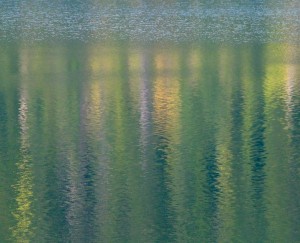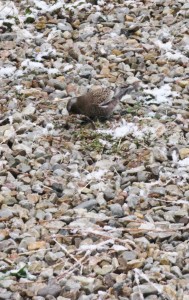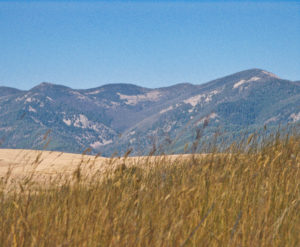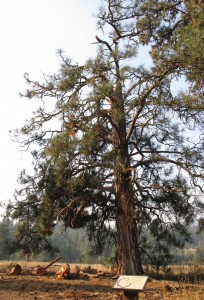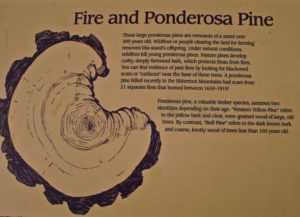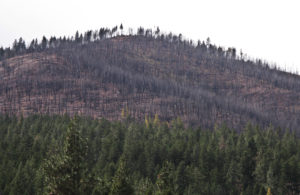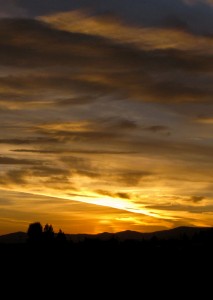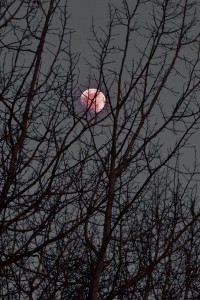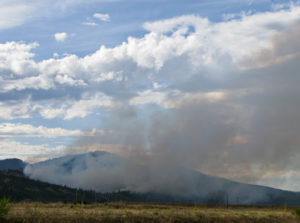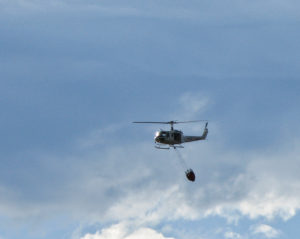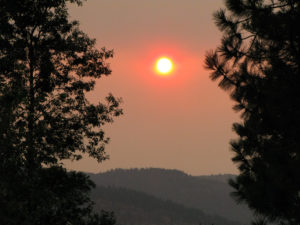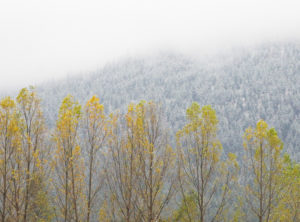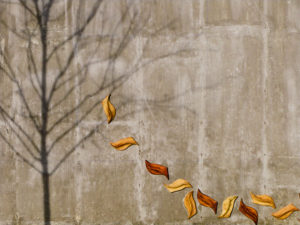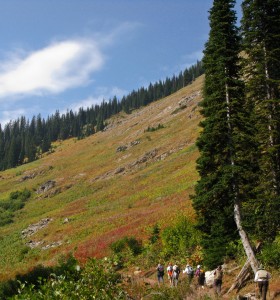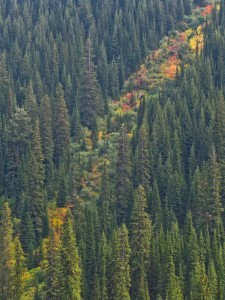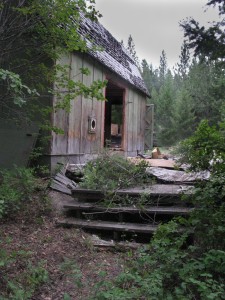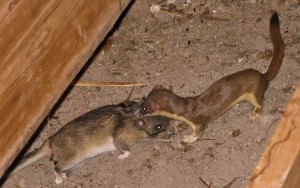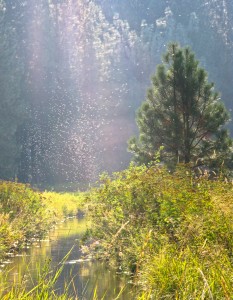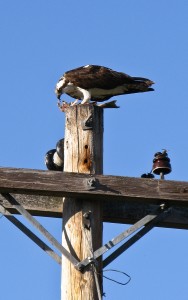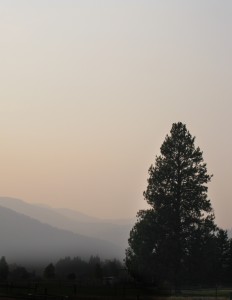THE POND
Fog lies heavy in the river bottom in the civil twilight,
that hour before dawn where a pond sits
in the center of a cloud of unknowing,
her canvas patiently blank, a veiled white mirror.
Slowly the sun crests the ridgetops
The veil brightens incrementally
Something sparks on the surface of her thoughts
as a thousand minuscule droplets of water
bounce the first glimmers of light through the forest.
Faint brown sketched lines of tree trunks and limbs
emerge from the mist, merely giving a hint of their form through the haze.
As they seemingly creep toward her,
lines criss-cross the canvas in a growing web,
cast out to capture the impressions just beginning to take shape.
The artist waits in perfect calm,
though the sun is half way up the sky now,
a pale specter behind the screen of cloud slowly lifting
And then the first spears of grasses
lightly pierce the bottom of the scene.
She does not become ruffled, but remains still,
waiting for whatever is before her
to reveal itself in its own time.
The growing heat of mid-day at last begins to burn away the fog
leaving behind glistening splashes of color
Struggling to keep up with the flood:
sage and grass, moss and spruce, celandine and leaf,
the artist fills her canvas with a wash of variegated shades of green.
Sky blue and dandelion fluff white, earth brown, redosier red,
ocher bark and silver-gray trunks
and then still more, golden rod yellow, seed pod taupe, flax blue, and scarlet gilia
it is all there reflected on the canvas in lifelike detail.
She admires her nearly perfect reflection until
an afternoon breeze begins to play
among the top branches of the ponderosas.
It’s gentle touch across the artist’s face
shakes loose her attachment to her creation.
She slowly begins to smear her paint
letting the wind direct her hand so that the colors ripple
until the forms of tree and bush, grass and sky
are barely discernible in the swirling kaleidoscope of the canvas.
And there in the fathoms of shifting light and the winds of change,
the painting reveals, just below the surface,
a shimmer of impermanence,
the deep current flowing through everything.

